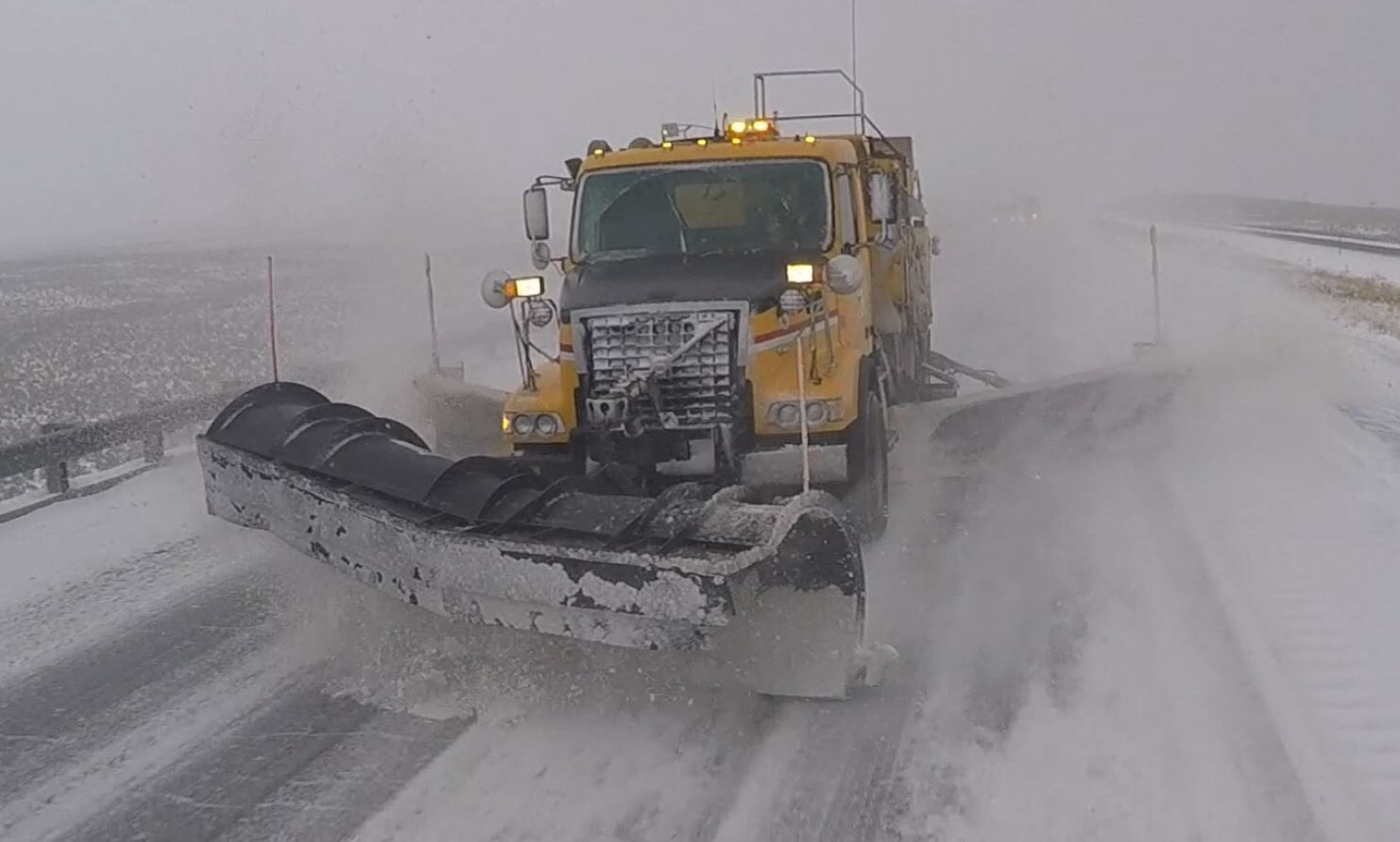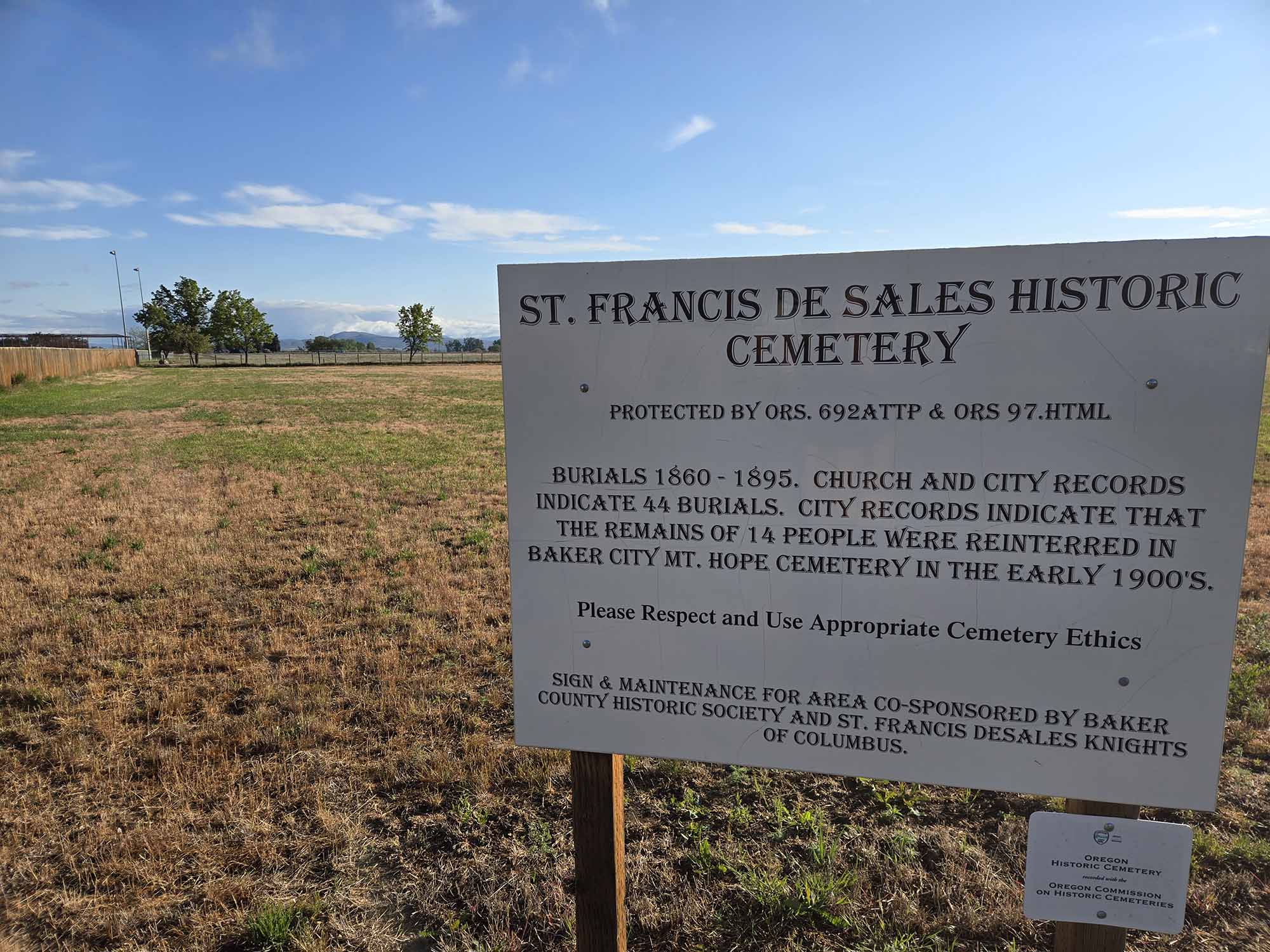Stakeholder agreement helps keep Wallowa Dam project on track
Published 6:00 am Thursday, October 1, 2020
JOSEPH — Irrigators and tribal members in Northeast Oregon signed an agreement to access $14 million in state funding for repairs to Wallowa Lake Dam, which will provide additional water storage for agriculture and native fish.
Trending
Located 1 mile south of Joseph, Wallowa Lake Dam is owned by the Wallowa Lake Irrigation District, serving 172 patrons and 16,000 acres of farmland in rural Wallowa County. The district holds three certificates for water rights from the dam totaling 58,000 acre-feet, dating back to the early 1900s.
But the dam, built in 1919, no longer meets safety standards. The Oregon Water Resources Department in 1996 listed the dam as a high hazard structure, limiting water storage beyond a certain level to protect communities downstream. As a result, storage capacity is capped at 72%, said Dan Butterfield, the irrigation district manager.
“(The dam) needs to be bigger and heavier, and have the gates be bigger and more open,” Butterfield said. “It just has to pass the water through it in the event there is a 100-year or 200-year flood.”
Trending
State lawmakers passed a bill in 2019 allocating $14 million in lottery funds to rehab Wallowa Lake Dam. That includes replacing century-old concrete, upgrading the dam’s spillway and adding fish passage facilities for bull trout, mountain whitefish, wild rainbow trout and steelhead.
Tribes and fisheries managers have discussed the possibility of reintroducing and restoring sockeye salmon to the lake. Wallowa Lake was once home to the only population of Snake River sockeye in Oregon, with an estimated 24,000 to 30,000 fish prior to 1900, according to the Oregon Department of Fish and Wildlife.
Funding for the dam, however, was contingent on releasing a portion of the stored water to augment natural streamflows for threatened and endangered fish throughout the Wallowa River Valley.
While the $14 million in lottery revenue bonds — slated to be released in spring 2021 — was nixed earlier this year due to the COVID-19 pandemic, stakeholders nonetheless reached an agreement designating up to 5,000 acre-feet of water from the dam annually for in-stream flows.
Of that, 4,500 acre-feet is earmarked for in-stream flows in the Wallowa and Grande Ronde rivers to the Oregon-Washington border. The remaining 500 acre-feet will be offered as part of a trade program, in which farmers in other parts of the valley can exchange their existing water rights from tributaries such as the Lostine River or Bear Creek for more reliable water rights from Wallowa Lake.
The agreement was signed in August by the Wallowa Lake Irrigation District, ODFW, the Confederated Tribes of the Umatilla Indian Reservation and Nez Perce Tribe.
“I think it’s kind of a historical agreement to show people we can all get along on this, and make this work, if we can get the dam fixed,” Butterfield said. “This is a great project. It helps everyone.”
Kat Brigham, chairwoman of the tribes, said it has long been a goal of the tribes to restore sockeye to Wallowa Lake, and secure passage for other fish species.
“Many of our members rely on sockeye salmon for cultural and subsistence purposes,” Brigham said in a statement. “We appreciate that this agreement is a step in the right direction in these difficult times and will work for more progress when our economy improves.”
Shannon Wheeler, chairman of the Nez Perce Tribal Executive Committee, said the project will “ecologically reconnect Wallowa Lake to its river and protect flows in a basin critical to the many resources the Nez Perce people have used and relied upon in this area since time immemorial.”
Gov. Kate Brown, who toured Wallowa Lake Dam in 2018, said the agreement is a big step forward in rehabilitating the dam and seeing the return of sockeye to Wallowa Lake.
“Wallowa Lake is a special place for my family and all Oregonians,” Brown said. “I was pleased to support this project and look forward to seeing it complete.”









